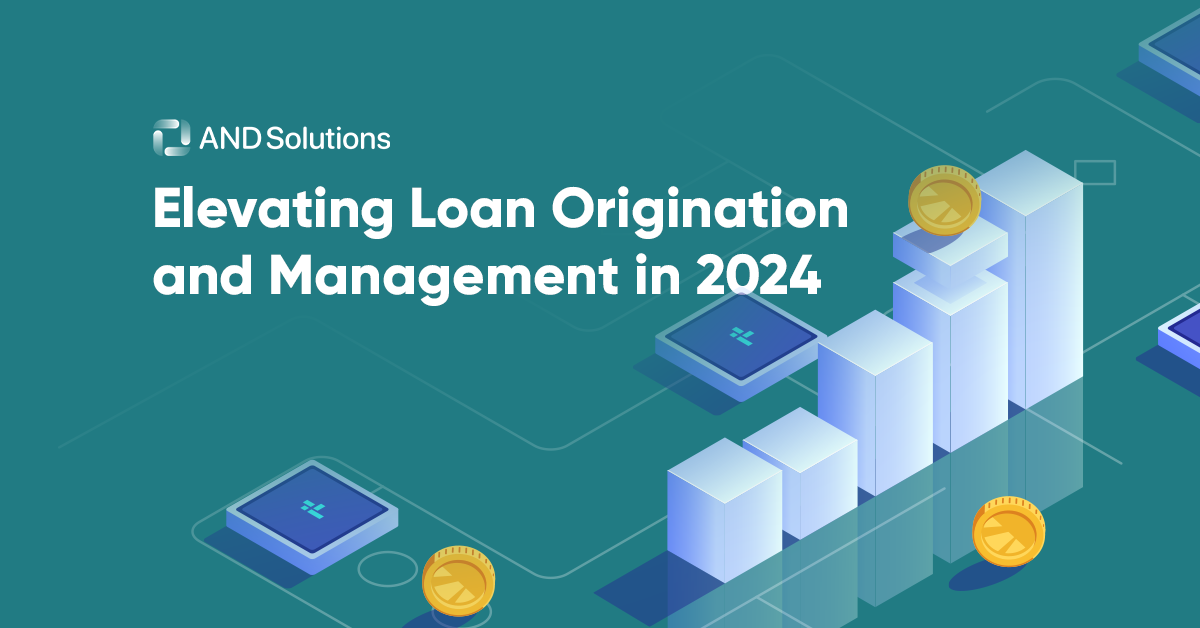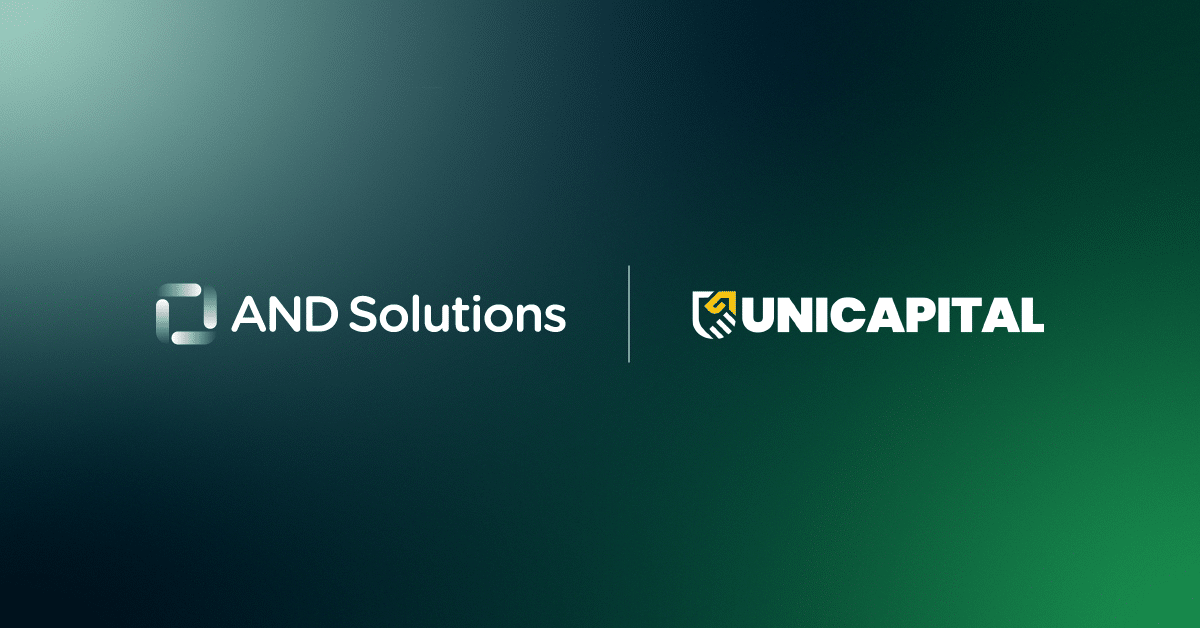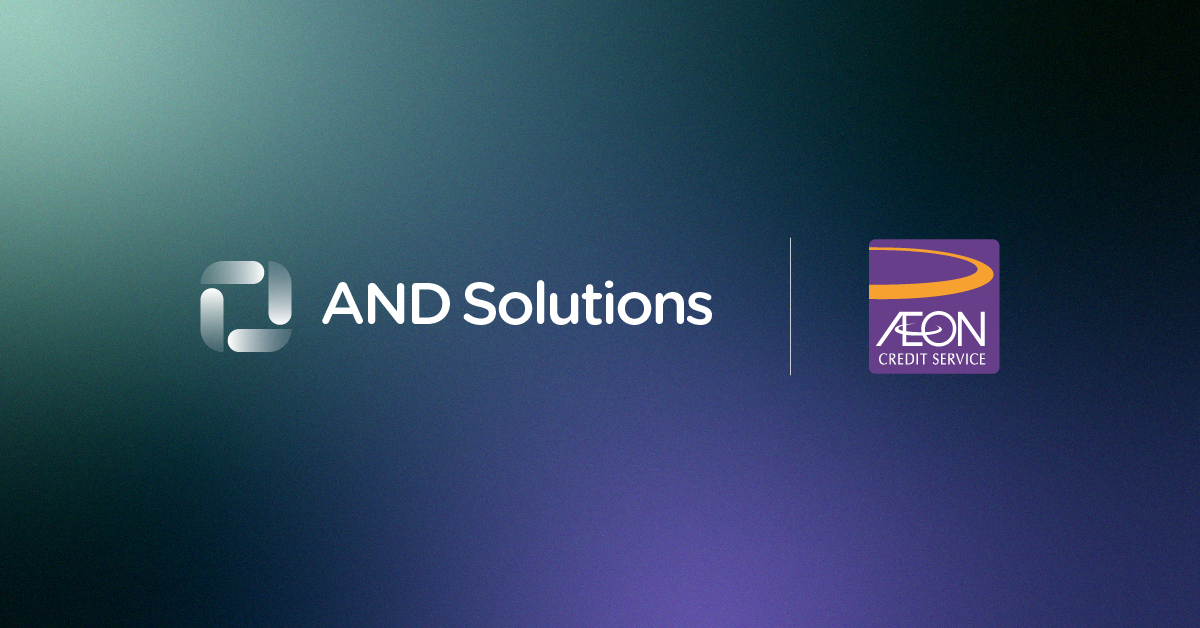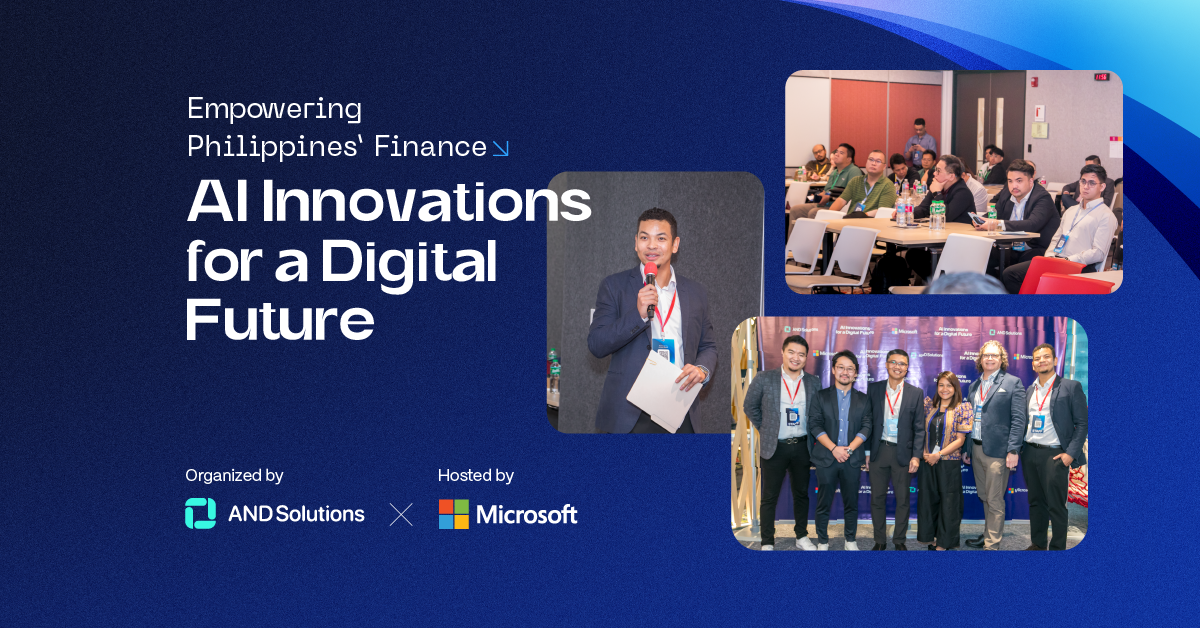As we navigate through 2025, the financial services landscape continues its radical transformation, with loan origination and management systems (LOMS) emerging as the cornerstone of modern lending. These systems have evolved far beyond simple processing tools – they’ve become sophisticated ecosystems that leverage predictive analytics, quantum computing capabilities, and advanced AI to revolutionize how financial institutions evaluate, approve, and manage loans. This evolution comes at a crucial time, as global financial markets adapt to new economic realities and changing consumer expectations.
The New Era of Loan Origination and Management
Beyond Traditional Systems
Today’s LOMS represent a quantum leap from their 2024 predecessors. While last year’s systems focused primarily on automation and basic AI integration, 2025’s solutions incorporate:
– Quantum-enhanced risk modeling for unprecedented accuracy in credit assessment
– Biometric verification systems that have reduced fraud by up to 85%
– Real-time global market analysis for dynamic interest rate adjustments
– Predictive behavioral analytics that anticipate borrower needs and potential defaults
The Power of Advanced Automation and Hyper-Personalization
Modern LOMS have transcended basic automation to achieve what we call “intelligent automation.” This involves:
– Dynamic workflow adaptation based on real-time market conditions
– Personalized loan products that automatically adjust terms based on borrower behavior
– AI-driven document verification that can process complex documents in multiple languages within seconds
– Smart contract integration for automatic loan term adjustments based on performance
Revolutionary Risk Assessment Capabilities
Quantum-Enhanced Decision Making
The integration of quantum computing in 2025 has transformed risk assessment:
– Processing power that analyzes millions of data points in microseconds
– Complex scenario modeling that considers thousands of variables simultaneously
– Neural network integration that mimics human intuition in risk assessment
– Pattern recognition capabilities that identify subtle risk indicators traditional systems miss
Alternative Data Integration
Modern systems now incorporate:
– Social media sentiment analysis for business loan assessment
– IoT device data for real-time business performance monitoring
– Environmental, Social, and Governance (ESG) metrics in corporate lending
– Digital footprint analysis for enhanced credit scoring
Financial Inclusion and Market Expansion
Breaking Traditional Barriers
2025’s systems are democratizing lending through:
– Voice-based loan applications in multiple languages
– Blockchain-verified identity systems for the unbanked
– Mobile-first interfaces designed for rural areas
– Alternative credit scoring models for those without traditional credit histories
Global Market Integration
New features enabling global lending include:
– Cross-border credit assessment standardization
– Multi-currency loan management capabilities
– Real-time exchange rate risk management
– International regulatory compliance automation
Operational Excellence Through Technology
Enhanced Efficiency Metrics
Current systems have achieved:
– 90% reduction in loan processing time
– 75% decrease in operational costs
– 95% accuracy in automated underwriting
– 60% improvement in customer satisfaction scores
Smart Resource Allocation
Advanced features include:
– AI-driven workload distribution
– Predictive maintenance for system optimization
– Automated skill-matching for loan officer assignment
– Real-time performance analytics and optimization
Compliance and Security Innovations
Regulatory Technology Integration
Modern systems now offer:
– Real-time regulatory update implementation
– Automated compliance reporting
– Smart contract-based regulatory enforcement
– Cross-jurisdiction compliance management
Enhanced Security Measures
2025’s security features include:
– Quantum encryption for data protection
– Biometric authentication layers
– AI-powered fraud detection systems
– Blockchain-based audit trails
The Future of AI and Machine Learning in Lending
Next-Generation Capabilities
Emerging features include:
– Self-optimizing credit models
– Emotional intelligence in customer interaction
– Predictive market adaptation
– Autonomous decision-making capabilities
Continuous Learning Systems
Modern LOMS now incorporate:
– Real-time model updating
– Peer learning across institutional networks
– Adaptive risk tolerance adjustment
– Dynamic policy evolution
Implementation Strategies for 2025
Best Practices
Key considerations include:
– Phased implementation approaches
– Comprehensive staff training programs
– Legacy system integration strategies
– Customer education initiatives
Overcoming Implementation Challenges
Solutions for common issues:
– Data migration strategies
– System integration frameworks
– Change management protocols
– Risk mitigation approaches
Looking Ahead: The Future of Lending
Emerging Trends
Watch for:
– Quantum-native lending platforms
– Augmented reality loan officer interfaces
– Integrated metaverse banking services
– Environmental impact-linked lending
Conclusion
As we progress through 2025, loan origination and management systems continue to redefine the possibilities in lending. Financial institutions must embrace these technological advances to remain competitive and meet evolving customer expectations. The future of lending is not just about processing loans – it’s about creating intelligent, adaptive, and inclusive financial ecosystems.
We welcome your insights on how these advanced systems are transforming your lending operations. Share your experiences and thoughts on the future of loan origination and management in the comments below.








